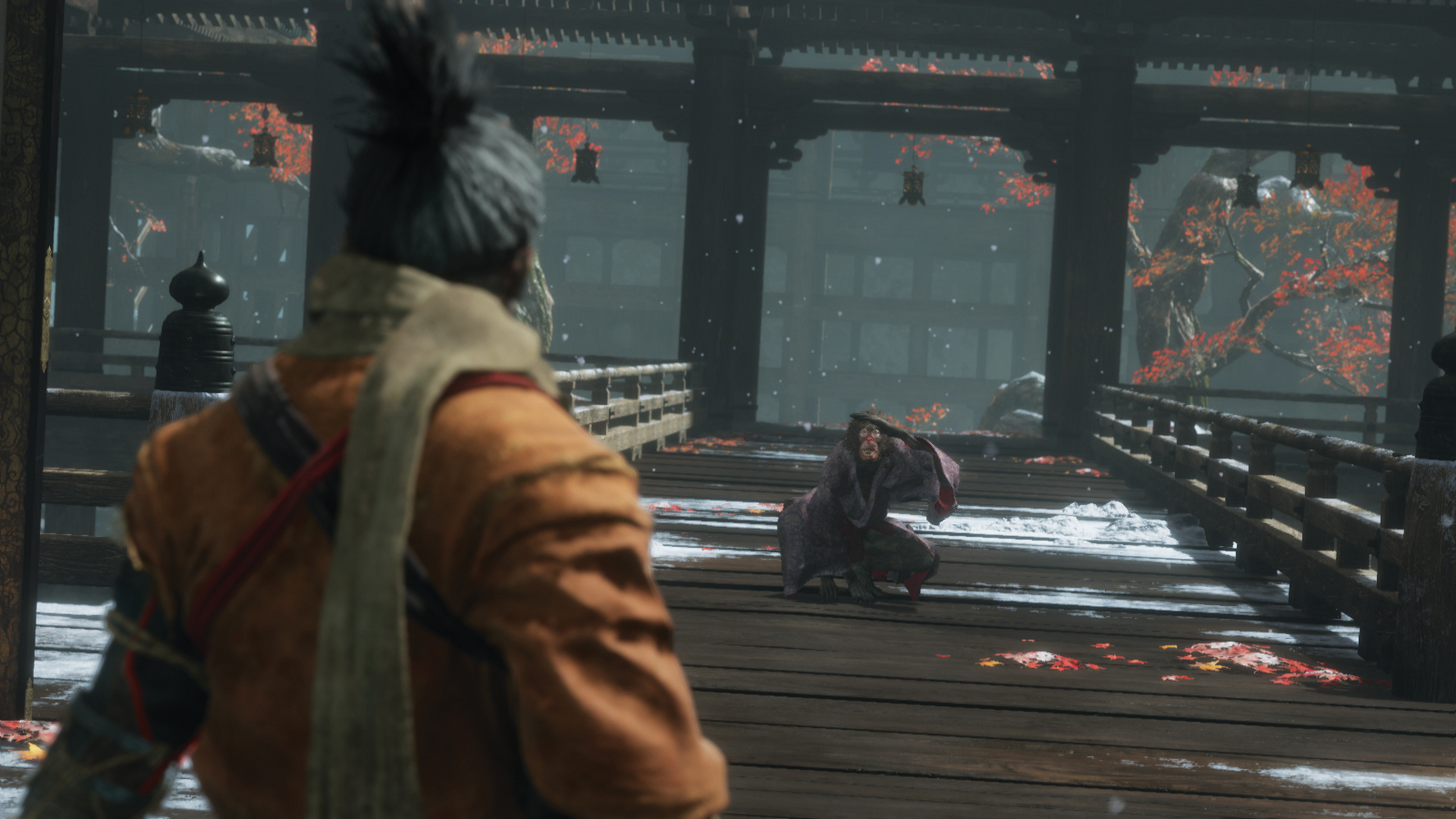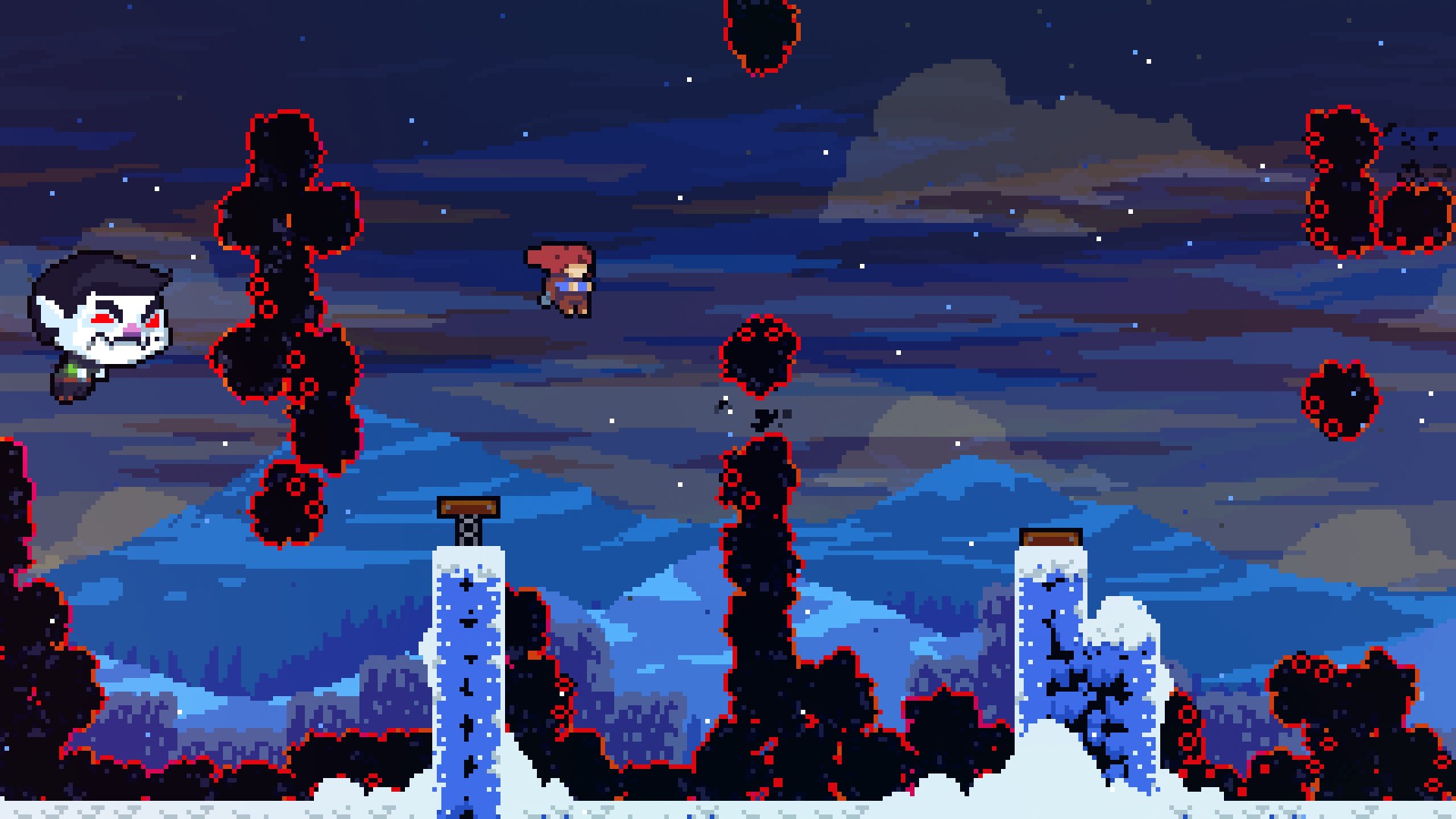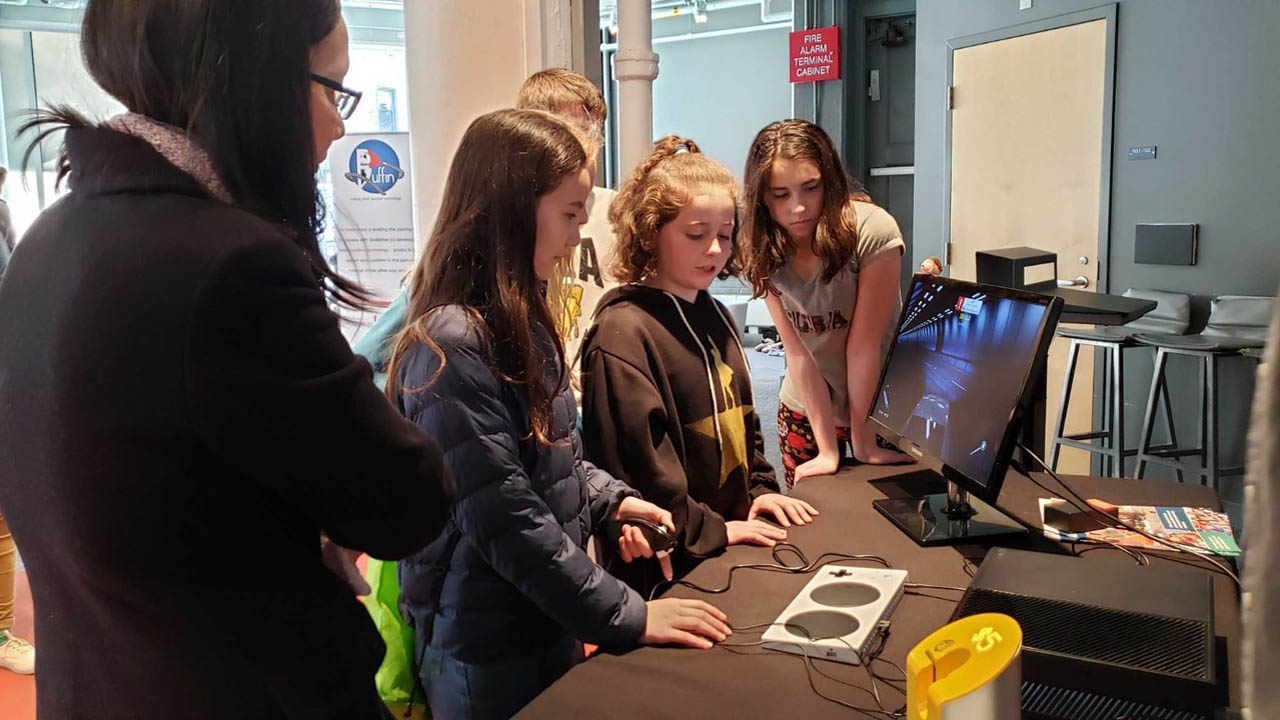Accessibility means more than just an easy mode
Inclusive games need options, not just lower difficulties.
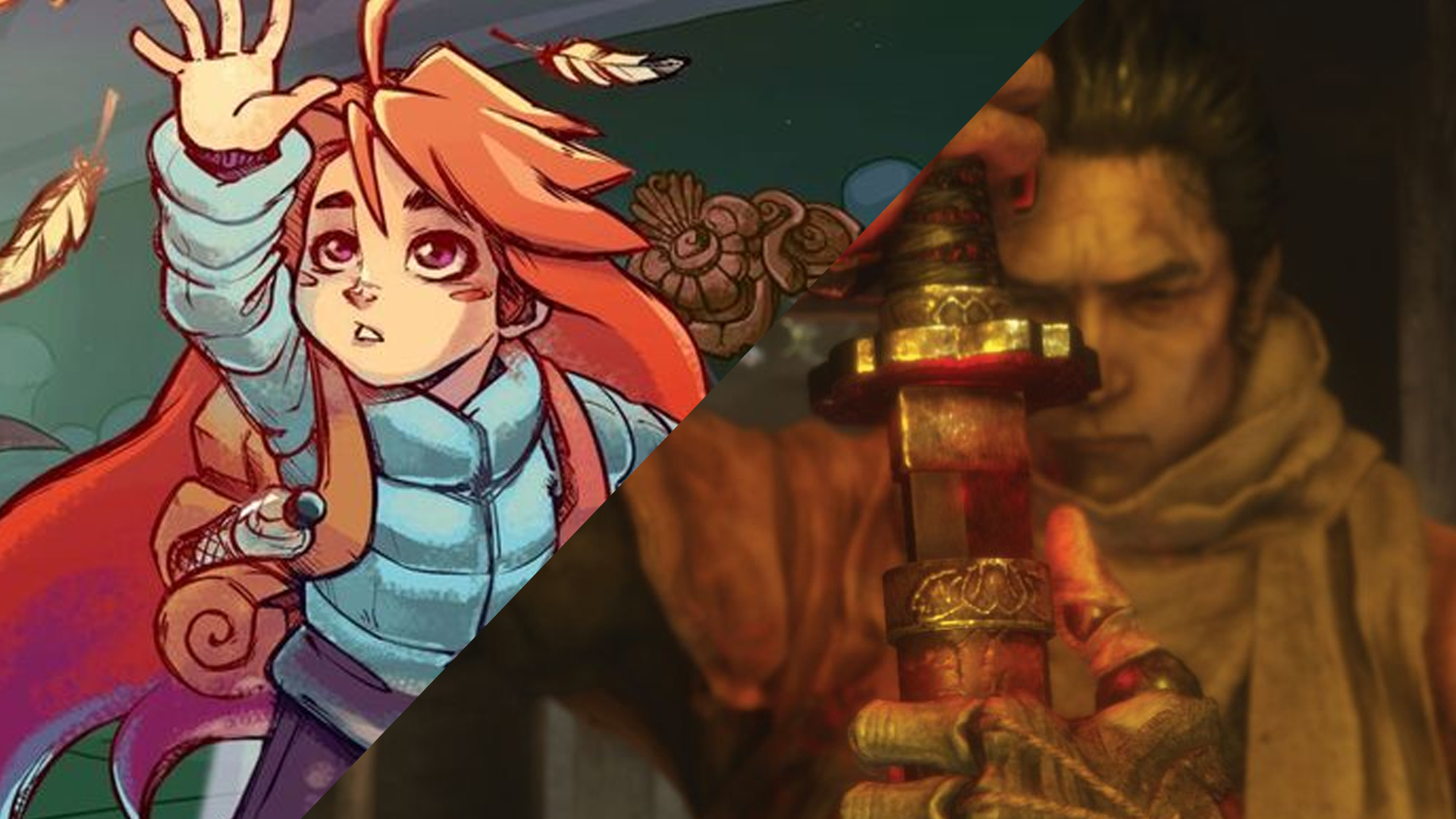
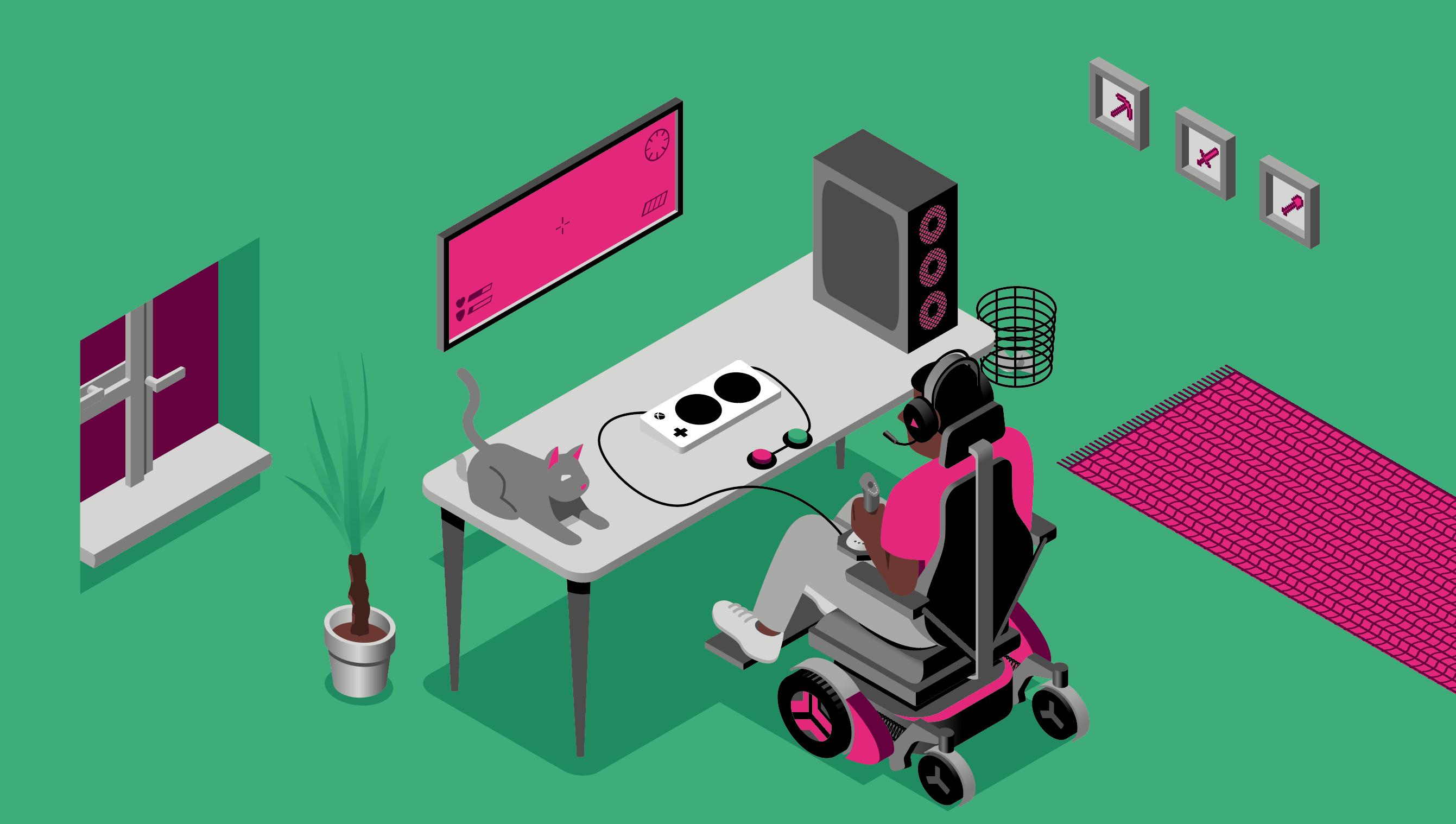
This feature is part of PC Gamer's Accessibility Week, running from August 16, where we're exploring accessible games, hardware, mods and more.
Difficulty is a topic that's been hashed out time and time again. The discussion first arose from the sticky-floored corners of arcades, but it's still very much a subject that sits at the core of our hobby. When talking about difficulty, naturally accessibility is going to come into the conversation, but adding an easy mode is not the golden ticket to solving a game's inclusivity issues.
The discussion around accessibility has never been solely about the inclusion of easy modes. It's vitally important to have conversations about how difficulty settings contribute to accessibility, but the conversation shouldn't stop there. They're certainly related, but advocates for accessibility have always said that games should go beyond just slapping on a 'God mode' setting, although including one certainly helps.
Out of all the possible options developers can include in their games, difficulty modes seem to ruffle feathers the most. When disabled gamers and accessibility advocates talk about ways a particular game can be more inclusive, there's always a battle cry from certain communities. Their arguments tend to be specifically about difficulty settings, including how different modes might affect the player's experience, remove the challenge, and take away from a game's artistic vision and identity.
But the conversation surrounding accessibility has never been about taking anything away from a game—it means adding options. The focus should be on equal opportunity and fairness, and that's what a lot of players and ardent defenders of difficult games misunderstand.
Easy is subjective. What is easy for me, might not be easy for someone else. But with difficulty options, we can both enjoy an experience together
Steven Spohn, AbleGamers
Steven Spohn of AbleGamers, an organisation focusing on making games more accessible for players with disabilities, made an excellent Twitter thread about this issue. "In any game, whether it's Sekiro, Dark Souls, or any other skill-based game, there should be options to allow your health to be modified, your enemies health to be modified, and the game speed adjusted. This does not make the game easy. It allows people to make the game equal."
"Nobody is advocating that we take your favorite game that is famous for being frustratingly difficult and make it so easy nobody cares," Spohn continues. "The only request on the table is to allow people who cannot 'git gud' by learning, to have the options to make the game playable."
"Equal" is the important word here, and Spohn even suggests using the term "Equal Mode" instead, to make it clearer that nobody is trying to stop games from being difficult.
Keep up to date with the most important stories and the best deals, as picked by the PC Gamer team.
When we acknowledge this, the challenge that developers face is how to create a game with a set of accessibility options that allow disabled gamers to have the same experience that other players have. That might include additional difficulty modes, but there is a long list of ways games can be made more accessible, from UIs you can resize to colourblind modes.
After realizing how tiring accessibility “debate” can be I’ve decided to put together a master thread with concise rebuttals to almost every general argument against accessibility that I can think of. This is that thread. Some answers may be repetitive when viewed as a whole.April 8, 2019
We need to ask broader questions about how games can be designed to reduce demands on the player—that's where the conversation about accessibility should start. How can we make games more friendly for those with motor, visual, and hearing disabilities? How can we use clever game design so every player gets the same experience, regardless of what they toggle in the settings? The players asking for more accessibility want challenging games too, and creative solutions are required to find that balance.
A handful of games have adjusted their settings and still manage to offer the same experience for everyone. An article on the role of game difficulty by Ruth Cassidy (who has also written some fantastic words for our Accessibility Week) discusses how developers have successfully done this using Celeste, Control, and Pathologic 2. Control's fast-paced and dynamic gameplay doesn't go away after a few tweaks in the assist menu, and Pathologic 2's fifteen different sliders have explanations on how and why they affect gameplay, letting you tailor the experience as you wish.
Celeste is a tough platformer, one of the toughest out there, but its assist mode comes with a number of adjustable difficulty settings, letting players switch up the rules and mechanics how they like. It was something celebrated by fans and, as Cassidy points out, even with the settings changed, the developer's main vision is never spoiled.
Celeste remains a game that requires attention to the timing and momentum that's at the heart of platforming. Celeste's writer and designer, Maddy Thorson, even tweeted about their "Celeste-style assist mode" suggestions for FromSoft's tough-as-nails action-adventure Sekiro.
If Sekiro had a Celeste-style Assist mode:-Combat Speed (50-100%, sets game speed while enemies are aggro'd)-Resurrections (+1, or infinite)-Invisible While Sneaking-Infinite Posture-Invincible (while drinking gourd, or always)April 3, 2019
The design philosophy behind Sekiro and FromSoft's work isn't even about creating difficult games. Ian Hamilton, an accessibility specialist and consultant who has worked with AAA and independent developers, explained on Twitter that FromSoftware's goal of creating a series that requires a high skill set is far from what its creator wants.
"Many assume that [FromSoft]'s goal is to make games that require a high skill bar; that's not true," Hamilton says. "As Hidetaka Miyazaki said in an interview their goal is not to make games for people who have a high skill level, their goal is to make games for people who enjoy the feeling of success through persistence, which is a fundamentally different thing.
"It's an important distinction, it means that if someone enjoys the feeling of success through persistence but can't succeed no matter how much they persist, that's directly against the designers' vision."
@davethier "easy mode" is a really blunt instrument, there are other ways. To start with it is worth looking at what the designer's intent is, what they want the players to experience. Many assume that From's goal is to make games that require a high skill bar; that's not true.March 28, 2019
It's unfortunate that difficulty is tied to the identities of some players, but as games have switched focus from leaderboards and high scores, so has the way players engage with them. In her 'Ditch the Difficulty Discussion' talk at the Ludicious X game festival in 2020, Jennifer Scheurle, lead game designer at Blackbird Interactive, addressed this change.
Most players engage with games in a multitude of ways and with diverse motivations
Jennifer Scheurle, BBI
"Most teams will identify a group of core player motivations that they are looking to cater to throughout the experience, and that's how discussions around challenge emerge in context," Scheurle says. "Most players engage with games in a multitude of ways and with diverse motivations. Very few player types only care about one of those motivations."
Sekiro and the Soulsborne games in general are great examples to apply here. FromSoft's games have incredible worlds stuffed with stories, mystery, and lore. Adding more settings to any of FromSoft's work would not take anything away from any of those features. The idea that adding more options threatens the developer's artistic vision is simply not true, and plenty of developers have said as much, including God of War director Cory Balrog, Double Fine, and Insomniac Games. People don't play these games just for the difficulty, and only viewing FromSoft's work, and games in general, as things to conquer diminishes the work that went into them.
Exploring and learning about accessibility in #gamedev has been one of the most rewarding and fulfilling parts of my career. Being part of a team that continuously wants to open barriers for more and more people to play games is an honor for me. Happy #GAAD everyone! https://t.co/3vZZScemhIMay 20, 2021
In short, there is no downside to implementing more options for a greater variety of players. And it's just good business sense, if developers and publishers care about the number of potential customers they have. It takes work, but the result is your game reaching a wider audience. This means adding complete button remapping, auto-assist, clear text formatting, font size adjustment, manual saving, clear visual and audio cues—and that's just a small portion of the many ways games can be made more accessible.
Dispelling myths around accessibility and development is important, but it's not just on game creators to make changes. We as players also have a responsibility. We need to recognise accessibility as more than just adding different difficulty modes, and that including more options does not change the core experience in any way, at all. The sooner we separate the idea of accessibility and difficulty being the same thing, the more inclusive our communities can become. The goal is to create an industry that respects and acknowledges disabled gamers, and that includes respect from players.
If you're looking for amazing resources about accessibility, websites like Can I Play That and Dager System are helping disabled players by providing journalism based purely through the lens of gaming accessibility. There's also the aforementioned AbleGamers, a charity that helps assist people with disabilities play games. For developers looking to improve their game's inclusion, Ian Hamilton has created the convenient Games Accessibility Guidelines.
Rachel had been bouncing around different gaming websites as a freelancer and staff writer for three years before settling at PC Gamer back in 2019. She mainly writes reviews, previews, and features, but on rare occasions will switch it up with news and guides. When she's not taking hundreds of screenshots of the latest indie darling, you can find her nurturing her parsnip empire in Stardew Valley and planning an axolotl uprising in Minecraft. She loves 'stop and smell the roses' games—her proudest gaming moment being the one time she kept her virtual potted plants alive for over a year.
